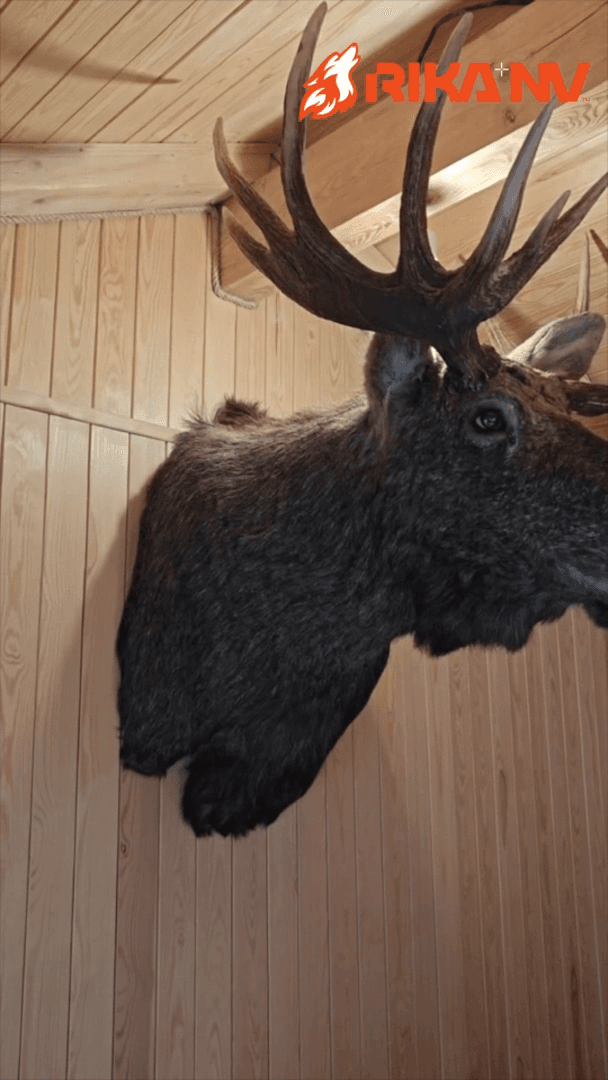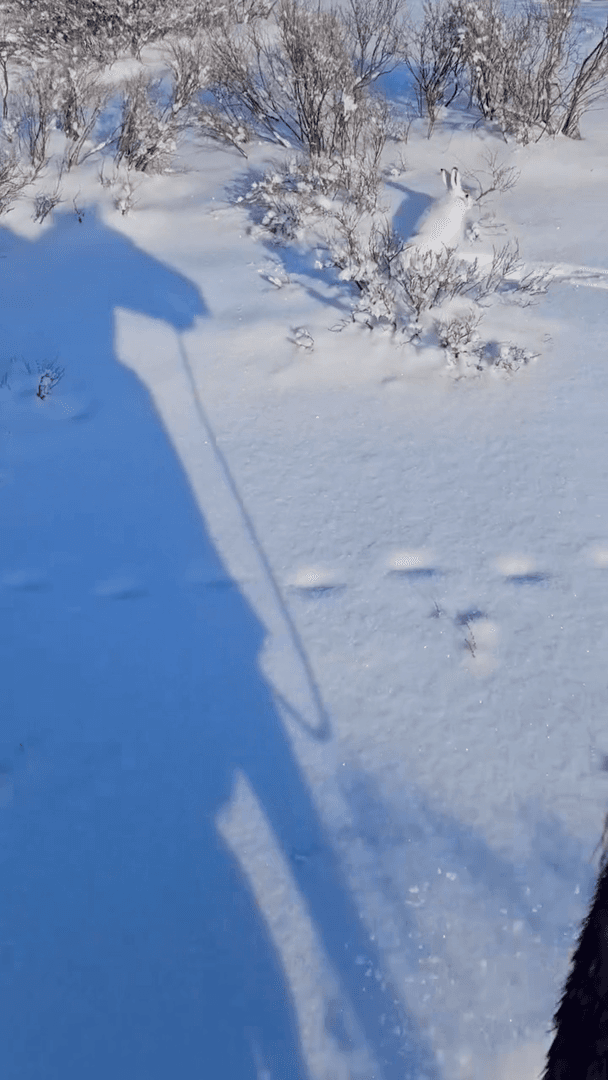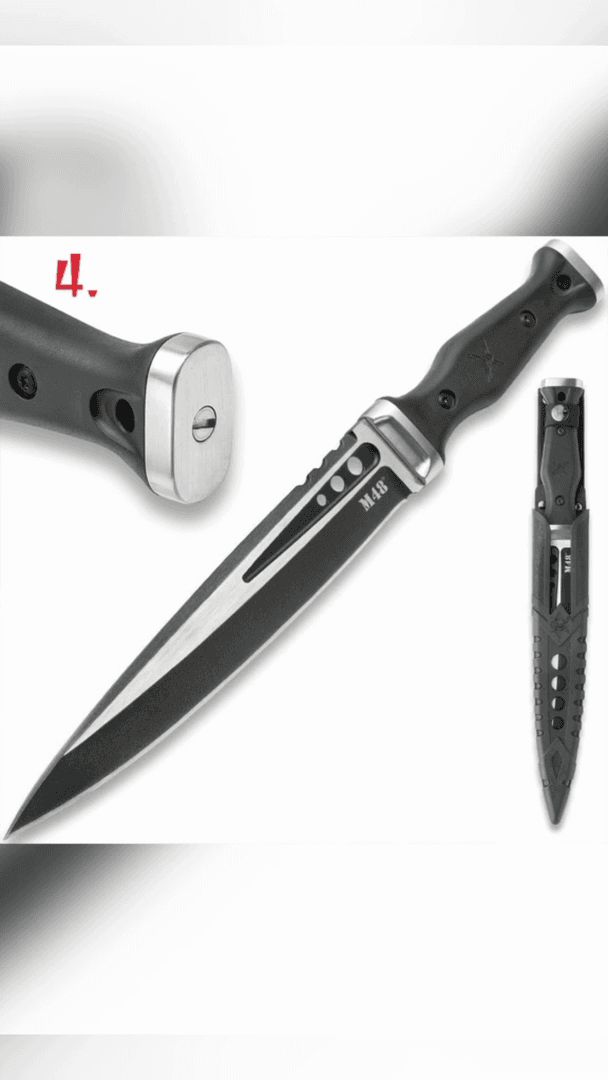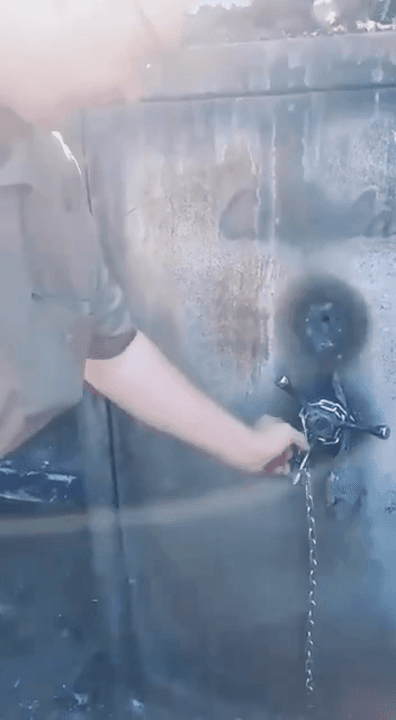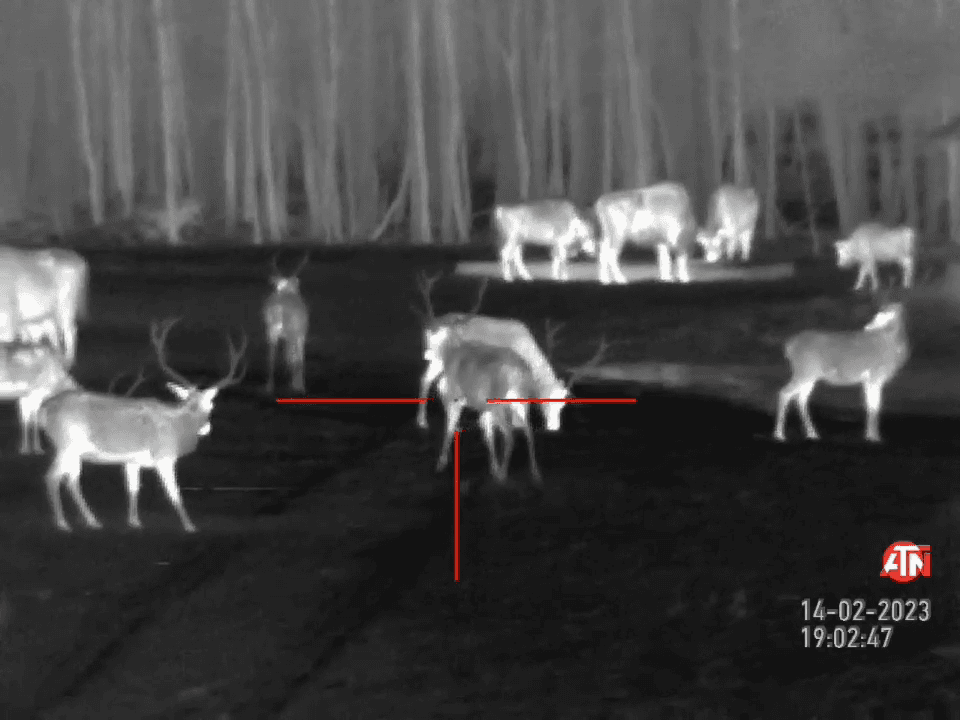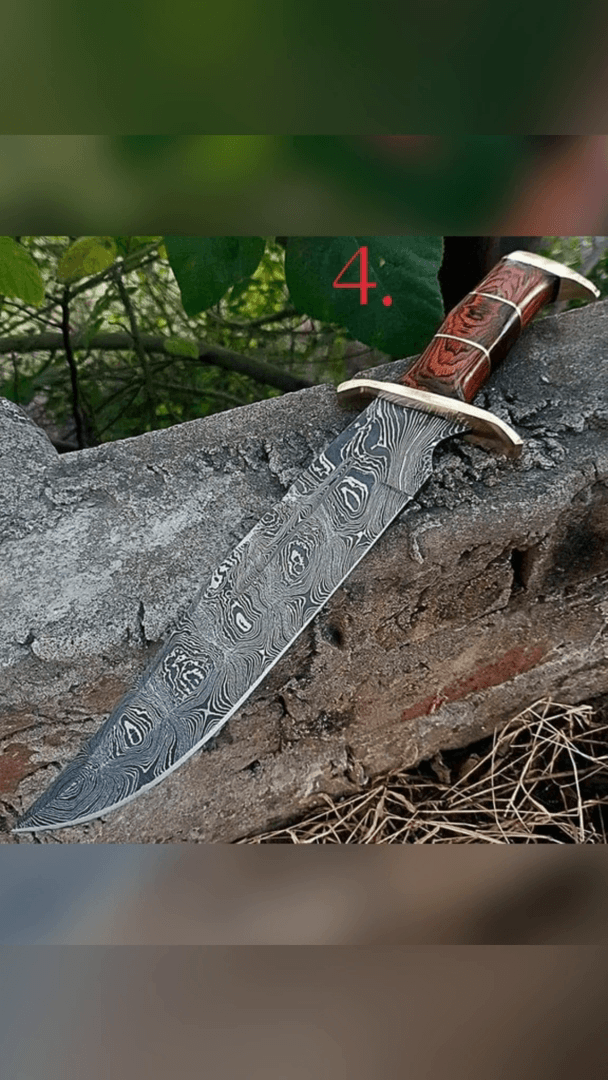
Hunting in Abisko National Park, Sweden: A comprehensive guide covering hunting seasons, species, regulations, and tips for a hunt in Sweden Abisko National Park, situated in Sweden’s Arctic region, is a top destination for ptarmigan hunting. With its stunning mountain scenery, vast wilderness, and diverse wildlife, the park provides a challenging and immersive hunting experience. This guide offers essential information and practical insights for hunters looking to explore hunting in Abisko. Hunting Through the Lens of Geography: Natural Spaces and Their Influence on Game in Abisko National Park Abisko National Park, situated in Sweden’s Arctic region, is a top destination for ptarmigan hunting. With its stunning mountain scenery, vast wilderness, and diverse wildlife, the park provides a challenging and immersive hunting experience. This guide offers essential information and practical insights for hunters looking to explore hunting in Abisko. The Modern Hunter: A Demographic Analysis of Hunting Enthusiasts The region attracts both local and international hunters, with a significant portion coming from Scandinavian countries and Europe. Hunting is deeply rooted in the culture of the indigenous Sámi people, who have practiced sustainable hunting and fishing in the area for centuries. Key Aspects of Hunting: From Fundamental Principles to Modern Practices in Abisko National Park Hunting in Abisko National Park requires physical endurance and adaptability due to the challenging terrain and harsh weather conditions. Ptarmigan hunting, in particular, demands patience and skill, as these birds are well-camouflaged and often found in rocky, elevated areas. Hunters must be prepared for long treks and sudden changes in weather, including snowstorms even in early autumn. Hunting Practices Around the World: Popular Methods and the Animals They Focus On Upland Bird Hunting (ptarmigan): The most common form of hunting in Abisko, requiring endurance and sharp shooting skills. Ptarmigan are well-camouflaged and found in high-altitude rocky terrain. Big Game Hunting (moose, reindeer): Though less common in the park, regulated hunting opportunities exist for moose and semi-domesticated reindeer under specific permits. Small Game Hunting (Arctic hare): Arctic hare hunting is permitted in designated areas, often pursued using traditional stalking methods. Hunting with Dogs (ptarmigan, hare): Specially trained dogs assist hunters by locating and flushing out birds or tracking small game. Subsistence Hunting (reindeer, ptarmigan, Arctic hare): Traditionally practiced by the indigenous Sámi people, who rely on sustainable hunting as part of their cultural heritage. Wildlife and Seasonal Patterns: Understanding the Biological Rhythms of Game Species in Abisko National Park The hunting season for ptarmigan in Abisko National Park typically runs from August 1st to March 31st, aligning with the bird’s population cycles and migration patterns. Hunters are advised to check local regulations annually, as dates may vary slightly depending on environmental conditions and wildlife management policies. Hunter Associations: Shaping the Tradition and Future of the Hunting Community Swedish Association for Hunting and Wildlife Management (Svenska Jägareförbundet) A national organization that promotes sustainable hunting practices and wildlife conservation. It offers resources, training, and advocacy for hunters across Sweden, including those in Abisko. Norrbotten Hunting Club (Norrbottens Jaktklubb) A regional club focused on preserving hunting traditions and organizing group hunts. It provides a platform for hunters to share knowledge and experiences. Abisko Local Hunters’ Association (Abisko Lokala Jägareförening) A community-based group dedicated to responsible hunting in the Abisko area. It emphasizes ethical hunting practices and environmental stewardship. Balancing Tradition and Regulation: The Legal Landscape of Modern Hunting in Abisko National Park Hunting permits: Required for all hunters, available through the Swedish Environmental Protection Agency or local authorities. Weapon restrictions: Only approved firearms and ammunition are permitted. Ethical guidelines: Hunters must follow principles of fair chase and avoid causing unnecessary suffering to animals. Hunting Customs: Stories, Ceremonies, and Their Role in Cultural Heritage Hunting in Abisko is deeply intertwined with the cultural heritage of the Sámi people, who have practiced subsistence hunting for generations. Traditional methods, such as using snares and trained dogs, are still respected and occasionally used. Modern hunters in the region often blend these traditions with contemporary techniques, creating a unique hunting culture that honors the past while embracing the present. The Hidden Side of Hunting: Uncommon Knowledge and Eye-Opening Statistics Ptarmigan are known for their seasonal camouflage, changing from brown in summer to white in winter, making them a challenging target year-round. Abisko National Park is one of the few places in Europe where hunters can experience the midnight sun during the summer hunting season. The park’s remote location ensures minimal light pollution, offering hunters the chance to witness the Northern Lights during autumn and winter hunts.
Post: 12 May 08:51









